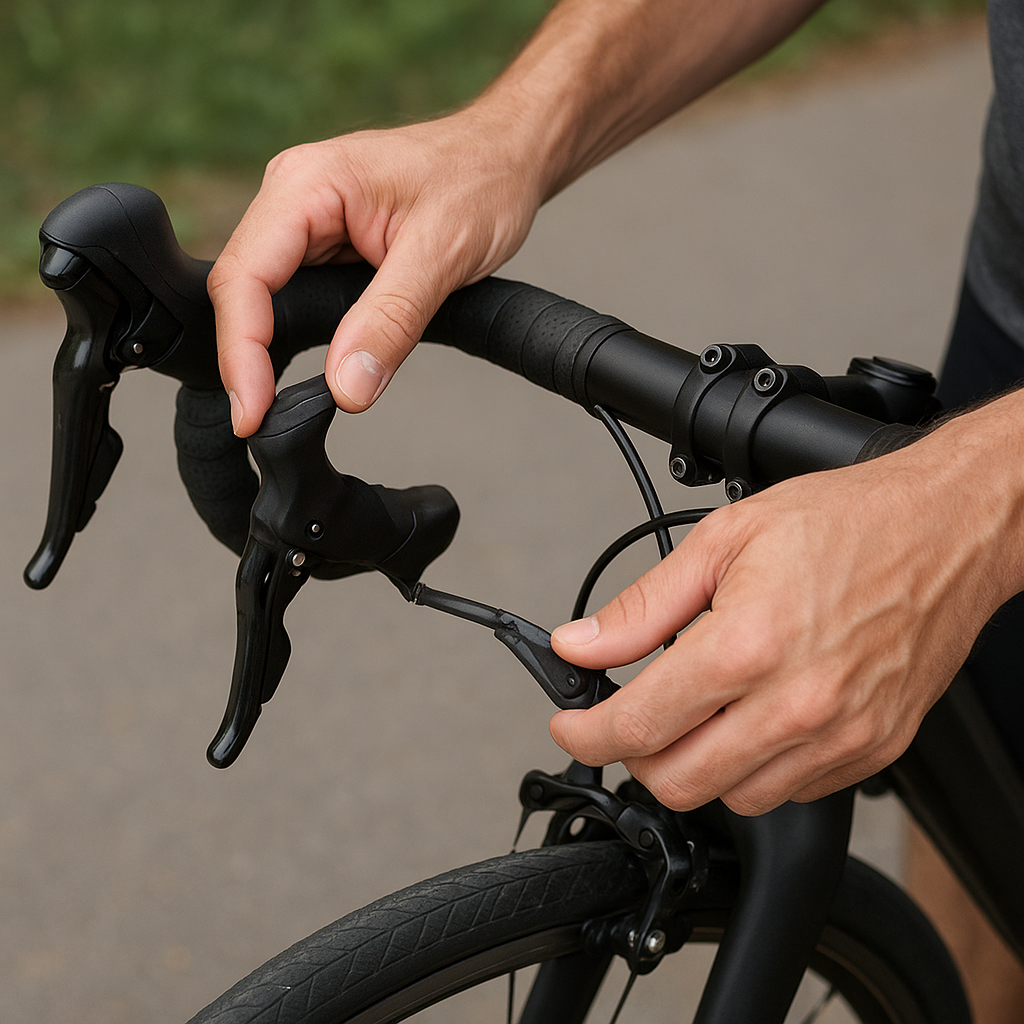
Maintaining a smooth drivetrain is essential for ensuring a pleasant and efficient cycling experience. A well-maintained drivetrain not only enhances performance but also extends the lifespan of your bicycle components. This article will guide you through the steps and best practices for keeping your drivetrain in top condition.
Understanding the Drivetrain Components
Before diving into maintenance tips, it’s crucial to understand the key components of a bicycle drivetrain. The drivetrain is the system that propels your bike forward and includes the following parts:
- Chain: The chain transfers power from the pedals to the rear wheel.
- Chainrings: These are the front gears attached to the crankset.
- Cassette: The set of rear gears attached to the rear wheel hub.
- Derailleurs: These are the mechanisms that move the chain between gears.
- Crankset: The component that includes the crank arms and chainrings.
- Bottom Bracket: The bearing system that allows the crankset to rotate smoothly.
Understanding these components will help you identify where maintenance is needed and how to perform it effectively.
Regular Cleaning and Lubrication
One of the most important aspects of drivetrain maintenance is regular cleaning and lubrication. Dirt, grime, and old lubricant can cause excessive wear and reduce the efficiency of your drivetrain. Follow these steps to keep your drivetrain clean and well-lubricated:
Cleaning the Drivetrain
To clean your drivetrain, you will need a few basic tools and supplies:
- Degreaser
- Chain cleaning tool or brush
- Rags or paper towels
- Water and mild soap
Follow these steps to clean your drivetrain:
- Remove the chain: If your chain has a quick link, you can easily remove it for thorough cleaning. If not, you can clean it while it’s still on the bike.
- Apply degreaser: Spray or apply degreaser to the chain, chainrings, cassette, and derailleurs. Let it sit for a few minutes to break down the grime.
- Scrub the components: Use a chain cleaning tool or brush to scrub the chain and other drivetrain components. Pay special attention to the spaces between the cassette cogs and chainring teeth.
- Rinse and dry: Rinse the drivetrain components with water and dry them thoroughly with rags or paper towels.
Lubricating the Drivetrain
Once your drivetrain is clean, it’s time to lubricate it. Proper lubrication reduces friction and wear, ensuring smooth operation. Follow these steps:
- Choose the right lubricant: Select a lubricant suitable for your riding conditions. Wet lubricants are ideal for wet and muddy conditions, while dry lubricants are better for dry and dusty environments.
- Apply lubricant to the chain: Apply a small amount of lubricant to each link of the chain while rotating the pedals backward. Ensure even coverage without over-lubricating.
- Wipe off excess lubricant: Use a rag to wipe off any excess lubricant from the chain. Excess lubricant can attract dirt and grime.
Inspecting and Replacing Worn Components
Regular inspection of your drivetrain components is essential for identifying wear and preventing potential issues. Here are some key areas to inspect:
Chain Wear
The chain is one of the most critical components to monitor for wear. A worn chain can cause damage to the chainrings and cassette. Use a chain wear indicator tool to check for elongation. If the chain is stretched beyond the recommended limit, it’s time to replace it.
Chainring and Cassette Wear
Inspect the teeth of the chainrings and cassette cogs for signs of wear. Worn teeth may appear hooked or shark-toothed. If you notice significant wear, it’s best to replace the affected components to maintain optimal performance.
Derailleur Alignment
Check the alignment of your derailleurs to ensure smooth shifting. Misaligned derailleurs can cause poor shifting performance and increased wear on the drivetrain. Adjust the limit screws and indexing as needed to achieve proper alignment.
Additional Tips for Drivetrain Maintenance
In addition to regular cleaning, lubrication, and inspection, here are some additional tips to keep your drivetrain running smoothly:
- Shift Gently: Avoid shifting under heavy load, as this can cause excessive wear on the drivetrain components.
- Keep It Clean: Regularly clean your bike, especially after riding in muddy or dusty conditions. A clean bike is easier to maintain and performs better.
- Check Chain Tension: Ensure your chain has the proper tension. A loose chain can cause poor shifting and increased wear, while an overly tight chain can strain the drivetrain components.
- Store Your Bike Properly: Store your bike in a dry, sheltered location to prevent rust and corrosion. If storing for an extended period, consider removing the chain and applying a protective coating.
Conclusion
Maintaining a smooth drivetrain is essential for an enjoyable and efficient cycling experience. By understanding the components, regularly cleaning and lubricating, inspecting for wear, and following additional maintenance tips, you can ensure your drivetrain remains in top condition. A well-maintained drivetrain not only enhances performance but also extends the lifespan of your bicycle components, allowing you to enjoy many miles of smooth and trouble-free riding.

